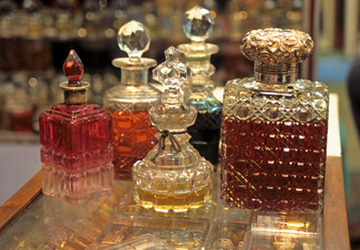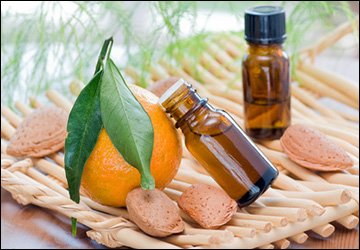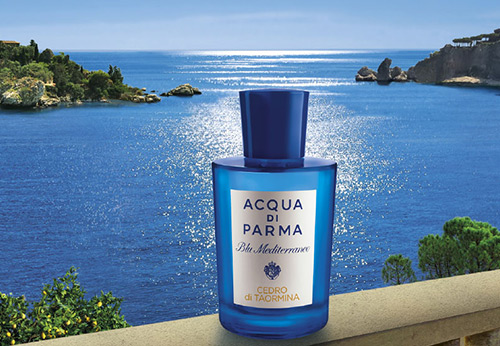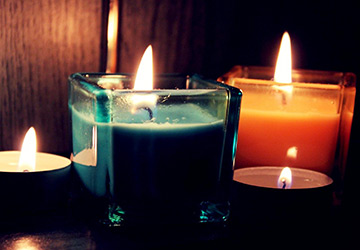Perfumery
Florentine Pharmacy Santa Maria Novella
She keeps a lot of mysterious and interesting, surprising and mysterious. These old walls and objects that have survived here remind us of the long-standing Middle Ages. However, the most important feature is the ancient potions made according to old recipes, which have not changed since their creation and have survived to this day.
For some of them, they continue to prepare aromatic medicines, which, moreover, are also healing, for example, Acqua antisterica. In a solid state, according to the same recipe, a fragrant marshmallow was made, which freshened the breath. At that time, not knowing anything about caring not only for teeth, but also for the body, these were very necessary and useful compounds.
Pharmacists-monks Dominicans were passionate admirers of medicine and could spend hours "conjuring" over their new drugs. It was here that those useful aromatic compounds were first created that helped defend against the plague raging at that time.
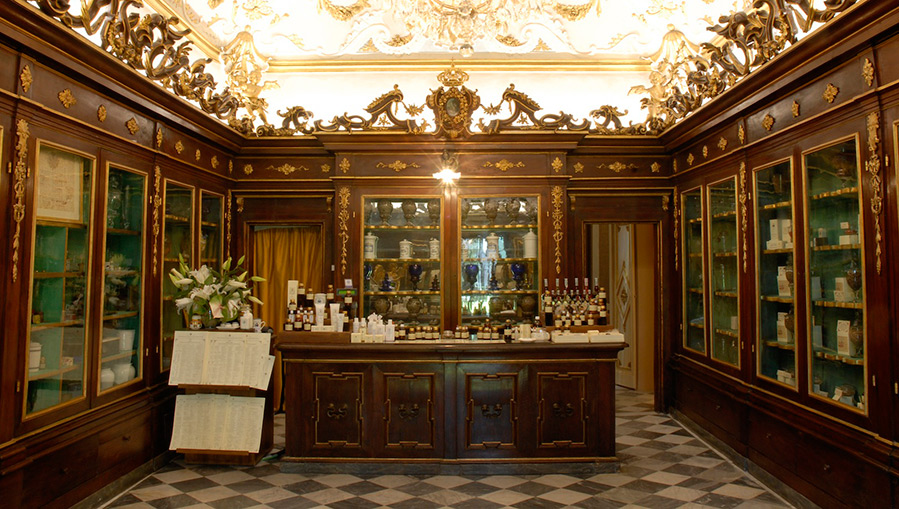
Without using water as a hygiene, people became infected with terrible diseases that claimed thousands of lives. "Vinegar of the seven thieves" is, according to legend, a composition of seven scents, each of which was owned by one thief, and when they came together and combined all seven scents, the remedy began to act as a protection.
Why thieves? The fact is that when entire families died out, and in many houses there was no one left, robbers could enter a house infected with the plague, and thanks to the fragrances, the infection did not pose a danger to them. Perhaps something was different, but it was then that people discovered the healing and beneficial power of aromas.
In the Santa Maria Novella pharmacy in Florence, you can also find smelling salt for especially sensitive and faint-hearted ones, it helped to regain consciousness even after a deep fainting.
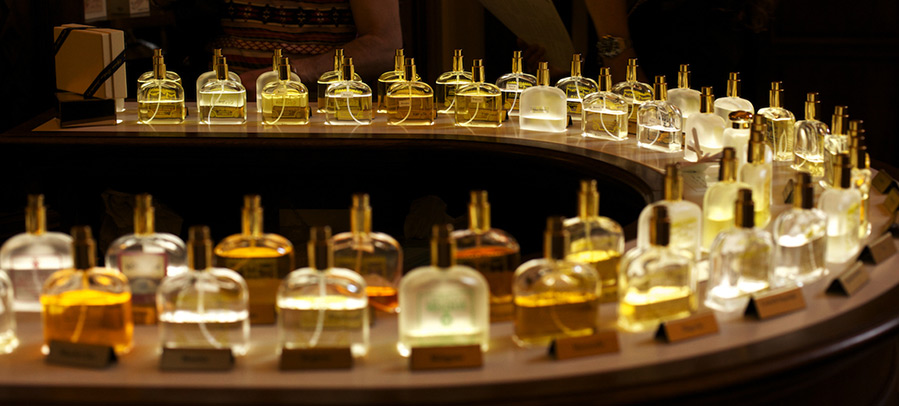
Medicinal herbs are still grown and harvested on the slopes near Florence, where they were collected by medieval pharmacists. One of the main herbs is the herb of St. Mary (balsamic tansy).
Many historians are convinced that it was from Santa Maria Novella that European perfumery began.
Medieval the pharmacy, which has preserved its existence, not only as an architectural value, but also as a functioning enterprise, impresses with its perfumery and cosmetic products. It offers a huge range of fragrances and oils, various formulations as scrubs, lotions, bath salts, face and body creams, pre and post shave creams, shampoos, toothpastes, ...
Here you will find floral waters, scented dressing plates and even pet products. The latter include deodorant "Rose" and "White Musk". What about herbs? - Their assortment is innumerable. They did not forget about tea, chocolate, liqueurs.
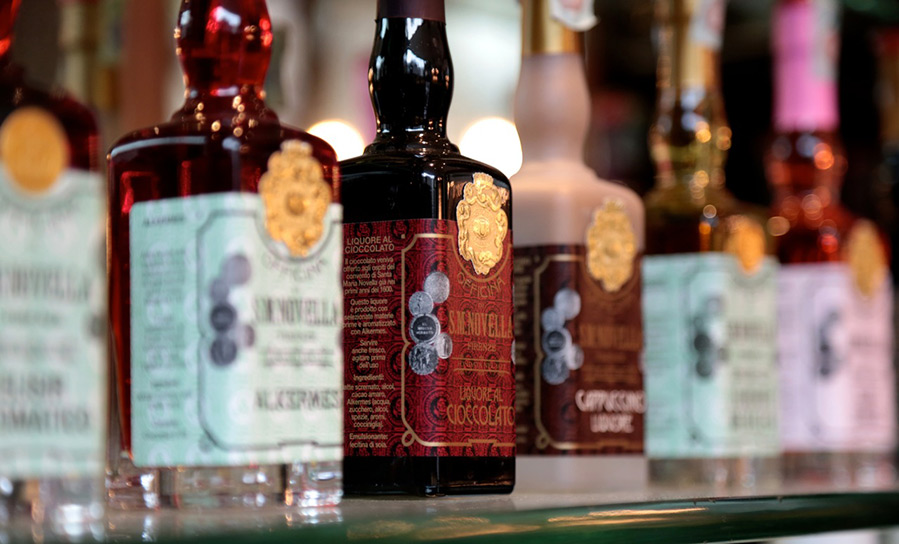
Bottles for perfumery are usually used in glass, but sometimes magic scents are placed in porcelain bottles. This usually applies to perfumes made for anniversaries. All products in the pharmacy are sealed and packed by hand today.
In addition to perfumes and cosmetics, Santa Maria Novella produces a variety of medicinal products, including liqueurs, balms and elixirs. For example, Liquore Mediceo liqueur has medicinal properties, and it got its name in honor of the Medici family.
Liquore al Cioccolato chocolate liqueur is a unique tonic, Elisir di Edimburgo Edinburgh Elixir, created in the 17th century according to a Scottish recipe, Acqua di Santa Maria Novella tincture, based on herbs that have a sedative effect, and many other healing compounds.
But that's not all. Santa Maria Novella manufactures scented candles, sachets and wax plates, medicines based on the herbs of the monastery garden, food, household utensils, accessories and books.
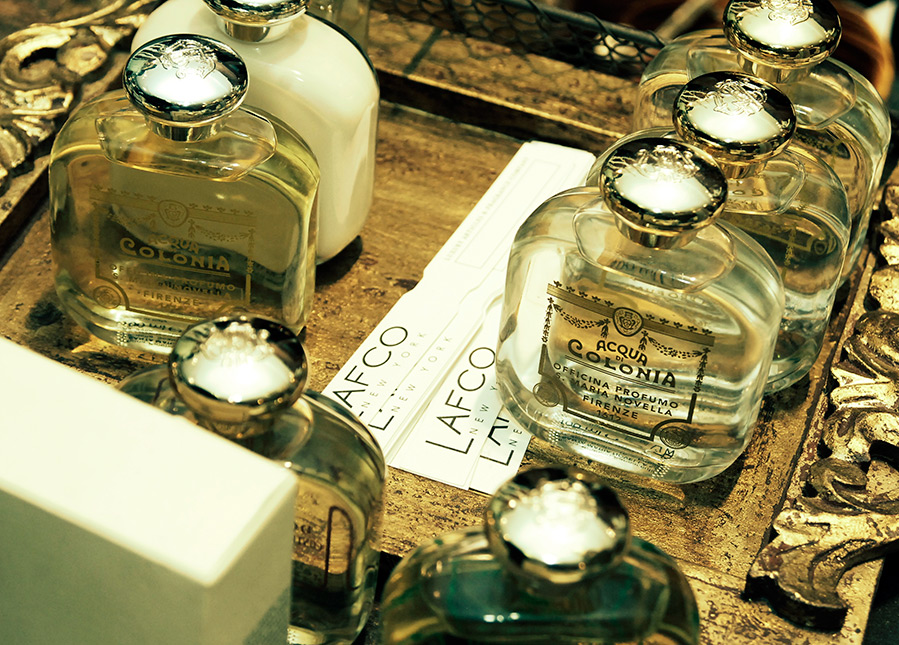
How did the Santa Maria Novella pharmacy begin? Construction began in the 13th century. Although, more precisely, the beginning of the monastery of Santa Maria Novella was laid by a very small chapel, which was built not far from the city in the 9th century.
In the 13th century, Dominican monks founded a monastery here. At the same time, monastery gardens with medicinal plants and herbs appeared, and the monks began to compose their own unique recipes and potions - various balms, tinctures, aromatic waters and other healing compounds. In their pharmaceutical shop, they organized a laboratory where they made medicines, ointments and fragrances.
The flourishing of the monastery is associated with Cosimo I Medici, who was the founder of the Florentine Medici dynasty. It was with his mediation that the monastery gardens were expanded. In 1657, the Accademia del Cimento was founded - the first academy in Europe, engaged in scientific activities, including pharmaceuticals.
In 1612 Father Angelo Marquissi was appointed head of the Santa Maria Novella pharmaceutical house, and the Grand Duke granted the title to the House of His Royal Highness. Since that time, the products of the monastery have been available to a wider public. This year is considered the year of the founding of the Santa Maria Novella pharmacy.
In 1866During the nationalization of church holdings, Santa Maria Novella became a state-owned enterprise. But then the factory was leased to the nephew of the last monk. Since then, all descendants of the family have jealously guarded the traditions of the old house and have tried to bring their progressive vision into it.
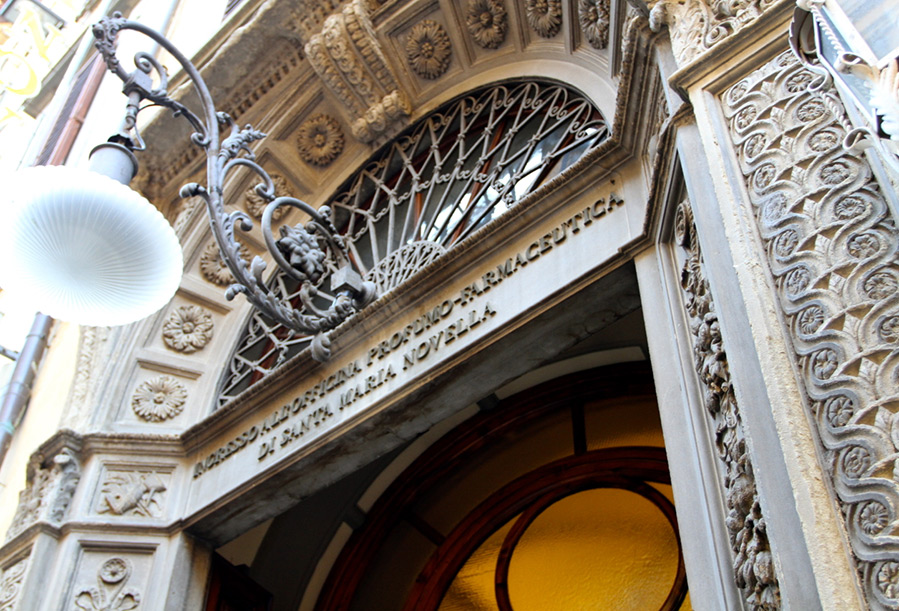
Many old recipes that have survived to this day are dedicated to the lives of certain people, because each product has its own authentic and fascinating history.
For example, the complex life of Catherine de Medici, filled with cruelty and personal grief, one of the last offspring of the influential Medici family. It was for her that the precious Acqua della Regina fragrance was created, the formula of which was later brought by Giovanni Feminis to Germany. It was in 1725, about 200 years have passed since the moment when young Catherine entered the French land ... ..
For many, Catherine de Medici remained in the memory as a cruel poisoner. However, few people know that she was a great art lover and patron of the arts. Thanks to Catherine, the French court received a lot amazing innovations.
She was interested in architecture, it was she who came up with the idea of creating a new wing of the Louvre and the Tuileries castle. Her library contained hundreds of the most interesting works and rare ancient manuscripts.
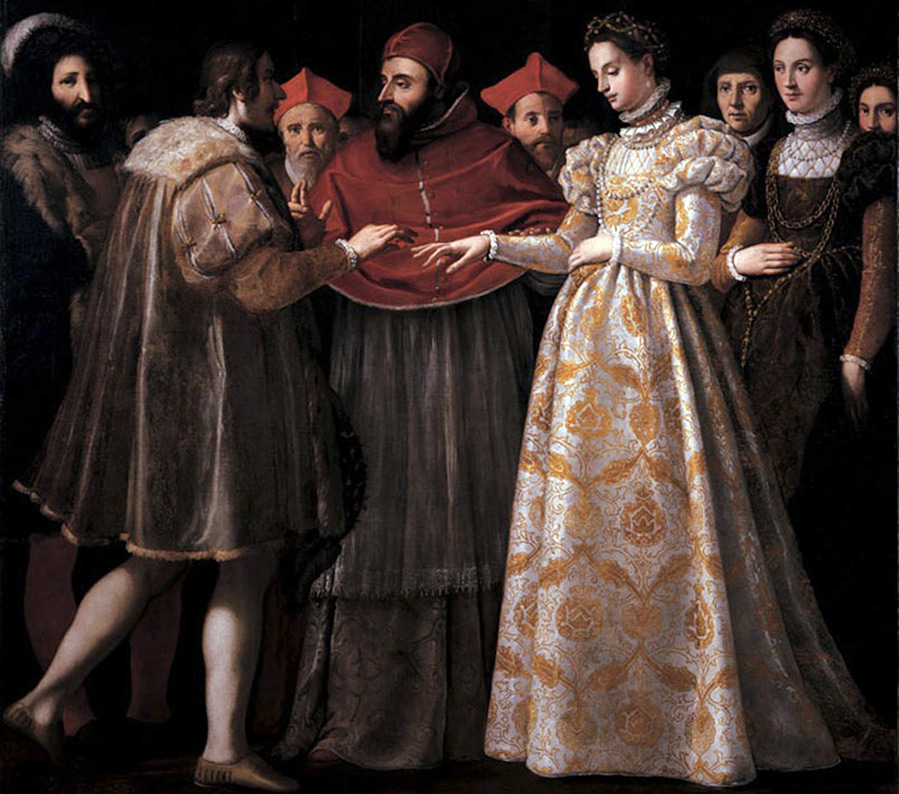
With the arrival of Catherine, French cuisine was enriched. Artichokes, broccoli, ice cream, which, by the way, historians believe, the French nobility tasted at the wedding of Catherine and the future King of France, Henry II.
The popularity of ballet in France is also associated with her name. She was a passionate hunter, and therefore the first woman in France to wear pantaloons, and the ladies followed her - they began to wear corsets and underwear.
The first perfumes that made an indelible impression on the French nobility were the fragrances brought by Catherine de Medici. Only such aromas could drown out the stench that reigned in Paris. It is known in history that all waste and excrement decomposed on the streets of the famous city.
In 1533, 14-year-old Catherine de Medici wore the first women's high-heeled shoes at her wedding. As it turns out from the records, the bride was petite and rather thin, red-haired and not at all beautiful in her face, but she had large expressive eyes.
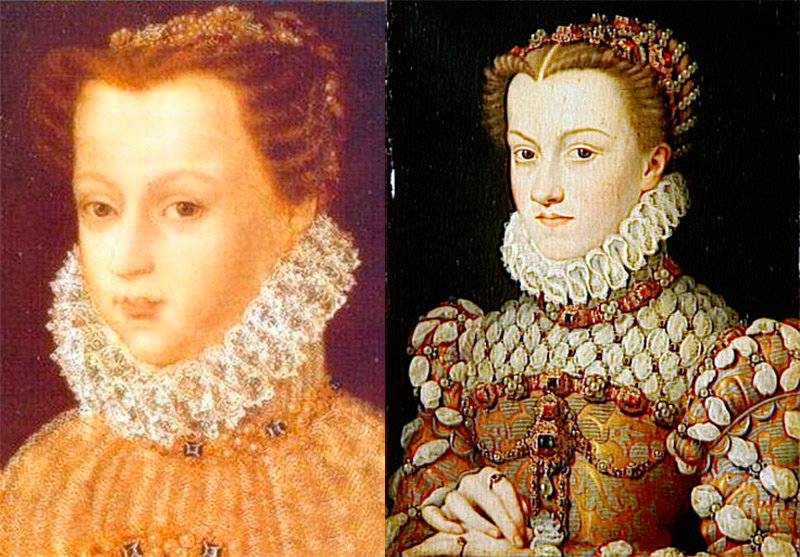
She went down in French history under the name "Black Queen", since until the end of her days after the death of King Henry II, she wore black mourning clothes (up to this point, mourning was white in medieval France).
Catherine managed to impress and surprise the sophisticated French court, and as for the poisoning, at that time, and without her, there were enough applicants for the role of the poisoner. It is not possible for us to find out who poisoned whom. And is it necessary? "History is a nail on which you can hang anything."In every country, for many centuries, something has been hung, and sometimes even removed ...
In the XIII century, the fame of aromatic compositions created by Dominican monks grew and went beyond the borders of Florence, Italy, reached distant countries - Russia, India, China ...
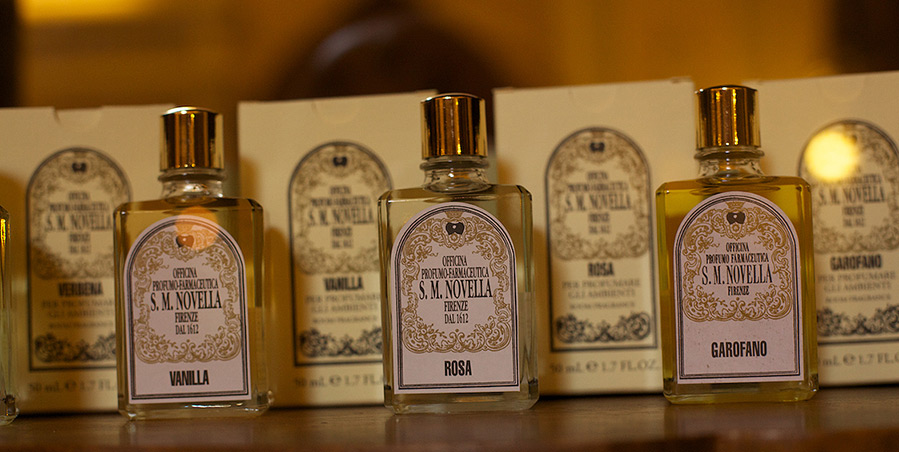
It was here in the monastery of Santa Maria Novella that European perfumery was born. In the XVI-XVII centuries, they began to establish production so that miraculous means could reach everyone.
And now many generations of owners of the house Santa Maria Novella have passed, but they carefully preserve the centuries-old traditions of production.
The oldest perfume house Officina Profumo-Farmaceutica di Santa Maria Novella celebrated its 400th anniversary in 2024. The year of foundation of the monastery itself is 1221. The rich history of the house preserves tradition and product quality. You can touch and buy precious aromas and healing products in Florence, in the best boutiques in France, Spain, Great Britain, Switzerland, the United States and Taiwan.
Perfume House Santa Maria Novella creates its products on exclusively natural materials. All plants and herbs included in the ingredients are used only from the surroundings of Florence. All products manufactured by the House of Santa Maria Novella are created in limited quantities under strict supervision and original recipes.
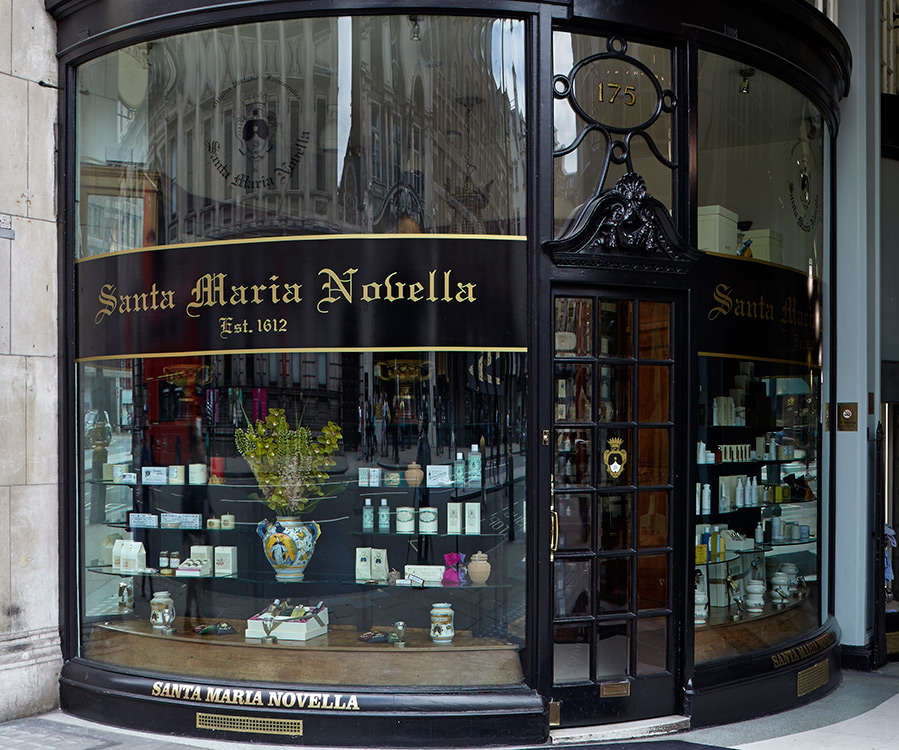
Comments and Reviews
Add a comment
Rating news
Shades of clothing that make women look younger
What shades of hair make women younger: rules and photos
Funny wedding dresses - photos and ideas
12 most expensive down jackets for the winter
How to look 25 at 40: tips from supermodels
Beautiful schoolgirls
Anti-aging haircuts and hairstyles for women
Fashionable skirts for autumn and winter
Fashionable women's trousers for the cold season
Fashionable and stylish sandals for summer 2024
Spring-summer 2024
 Fashionable dresses and tops with thin spaghetti straps
Fashionable dresses and tops with thin spaghetti straps
 Bandana tops: how to wear stylishly and beautifully
Bandana tops: how to wear stylishly and beautifully
 How to put together the perfect men's wardrobe for the summer
How to put together the perfect men's wardrobe for the summer
 Trendy shorts for spring-summer 2024
Trendy shorts for spring-summer 2024
 Fashionable skirts for spring-summer 2024: a guide to online shopping
Fashionable skirts for spring-summer 2024: a guide to online shopping
 The most fashionable dresses spring-summer 2024: styles and colors
The most fashionable dresses spring-summer 2024: styles and colors
 Fashionable total look 2024: image ideas and trends
Fashionable total look 2024: image ideas and trends
